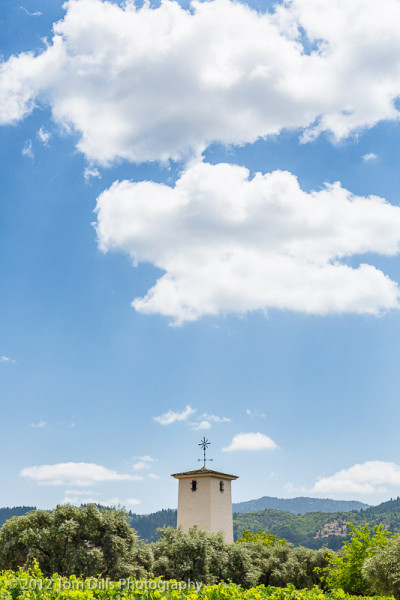
I was talking recently with a friend about some upcoming concerts here in Charlotte and what our interest was in attending them. Kathy and I love to see and hear live music, but find the cost of the tickets – especially for decent seats – and the crowds to be huge turn offs, so with rare exception we usually pass.
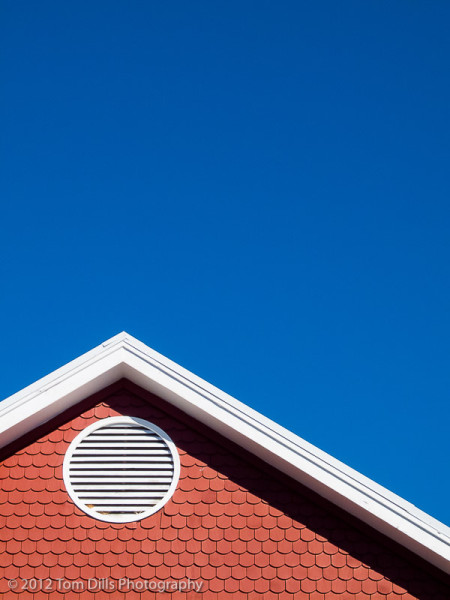
One of the recent announcements is for a jazz series, with several artists that I would like to see. Also just announced is a concert by Billy Joel. That would also be a great show, but based on prior events by big-name performers, chances are good that the cost of seats will be in excess of $100, but I’m just guessing. This runs counter to most people I know (shocker!) but I would be more likely to spend $100 (or $200 for both of us) on a nice dinner and/or a bottle of wine than on a concert, regardless of the performer. And I don’t part with that kind of money easily, so you get the gist.
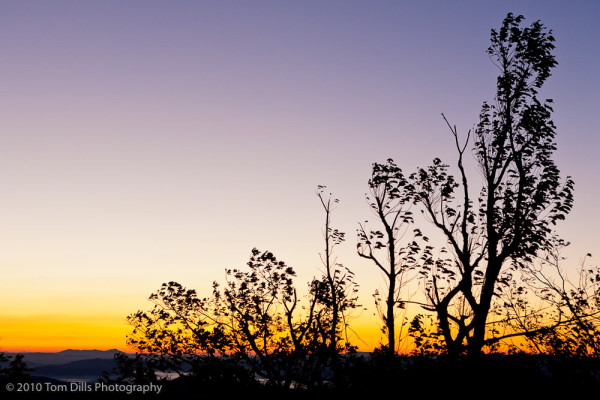
At some point during the conversation it occurred to me that, for the most part, popular performers are those whose music has words. More often than not my preference is for music that doesn’t have words. And then I wondered how that translates to other parts of my life. For example, I tend to take photographs of scenes without people, but a large percentage of all the photographs taken on a given day – at least those not of food or cats – are photographs of people. I tend to seek peace and quiet, while a lot of people seem to like noise and drama. Different strokes, as they say.

This is not to suggest that music without words means that it has negative space. In most cases that is far from the truth. But I find that the introduction of words to music can be like people in a photograph. More often than not I prefer to leave them out.
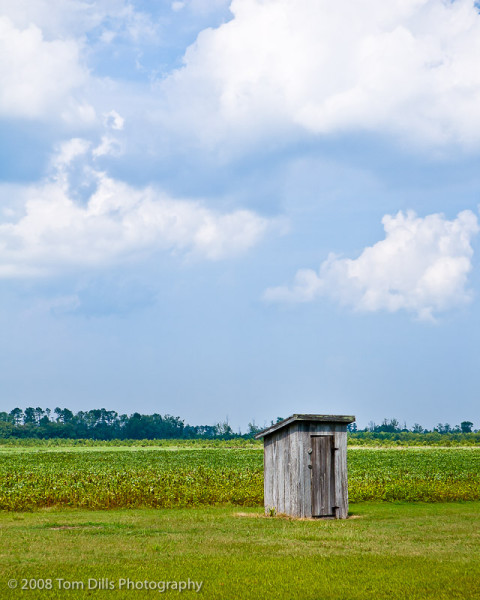
The whole idea of negative space comes about when I think about my photographs. A lot of people are afraid of negative space, just like they are afraid of silence. But my favorite photographs are often those that have large areas of negative space. Not negative space in terms of “nothing,” but negative space in terms of sky or water or a solid color. Negative space, like silence, tends to make some people uncomfortable. I find it soothing and feel that it often adds balance. Not always, but often and under the right circumstances.
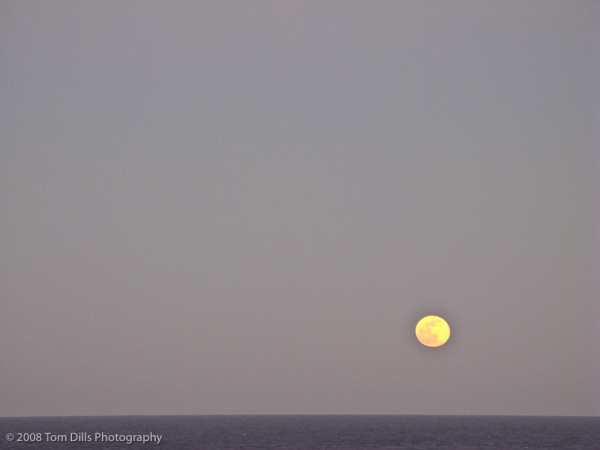
So what about those concerts? It’s too soon to tell but my guess is that we’ll opt for a few of the jazz concerts and skip the others. But who knows? We might decide that it is worth the money to see a big name like Billy Joel.

Excellent series of image and great examples of good use of negative space.
I agree, the cost of tickets these days seems excessive, but even more maddening is all the extra “convenience” and “service” charges that get tacked on. And the crowds and poor seating certainly do not add to a positive experience.
Love the pics Tom!
Thanks, April!
Hi John – another “Websterite” I see! Thanks for stopping by. I’m sure a lot of people love the access to top quality entertainment – I do too, but am not always willing to pay the asking price.
I drifted away from music several years ago. I first moved towards instrumentals and away from the lyrics. Now only listen to music when at the coffeehouse, any restaurant, store and now a days any street corner. Like you, I’m one who prefers the silence, which is seldom found in our society.
As I look back through my archives I’ve discovered my focus for landscape images are of wide open spaces. This invites negative space, either in the foreground or background. It also invites a more panoramic perspective, so I crop a lot But still use the negative space.
I read somewhere that all of our images are really self-portraits, as “they each reveal something about what moves you.” If we live a simple life, a quiet life, a busy life then our lives will be reflected in out photographs.
Love the sunrise shot with the fence.
I really like the idea of our photographs being self-portraits. Never thought of them that way!
I too like the use of negative space in photographs. Like you, I am more likely to prefer such photographs over busier ones. Having said that, I tend to shoot them sparingly. I’m not sure why. Perhaps I fear they will lose their specialness if I shoot them too often.
Anyway, I’m fascinated with how you shoot your negative spaces with a preference for the portrait aspect ratio rather than a landscape one. I’m only guessing but I would say that maybe one percent of my shots are made in portrait. Maybe less.
As for music, well I see it as the ultimate form of artistic expression. Sadly all I can do is listen to it but I am grateful that I can at least do that. The question of music versus lyrics is often debated and I always enjoy hearing people’s views on this topic.
Thanks for another interesting and visually enriching post Tom,